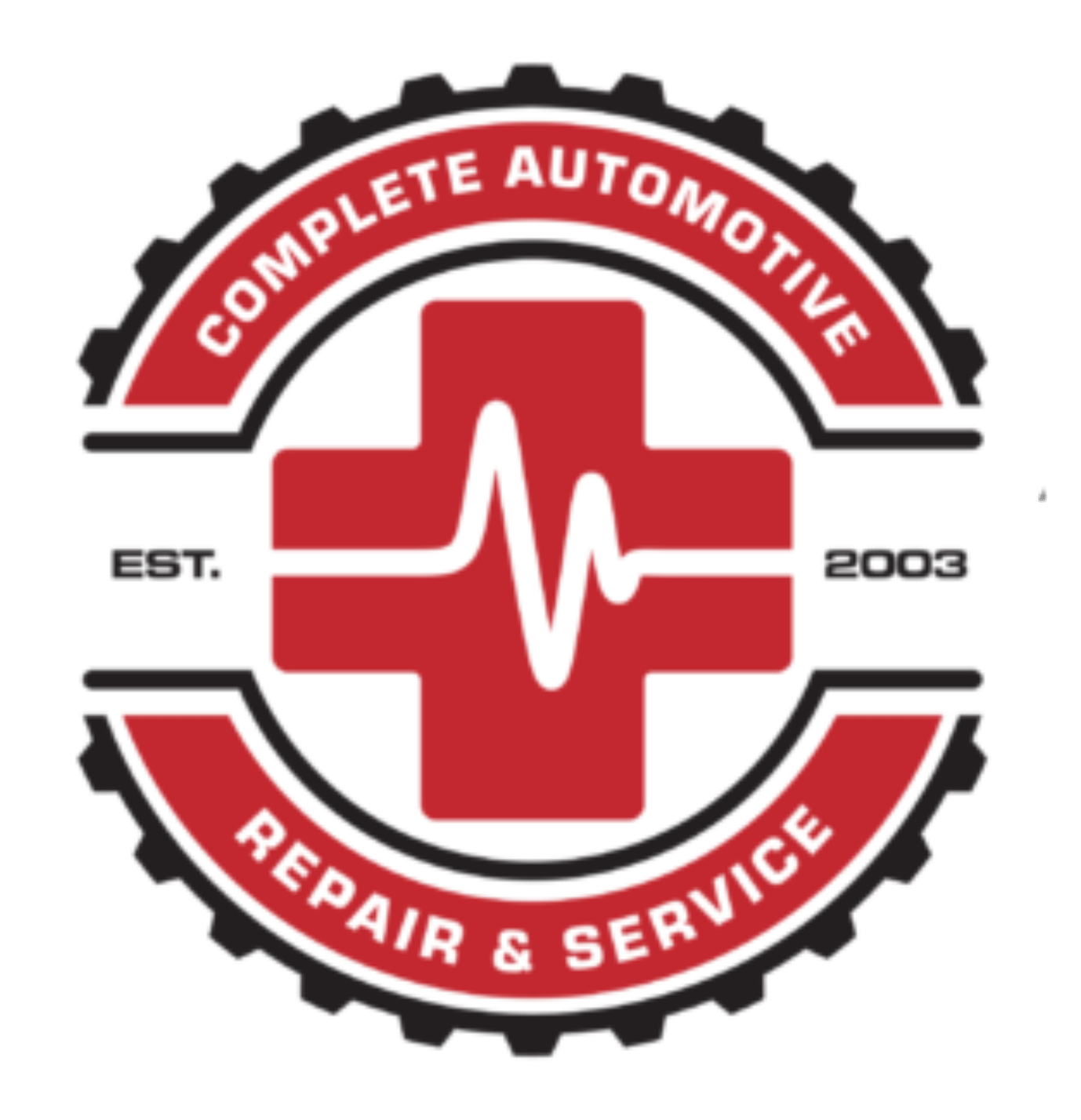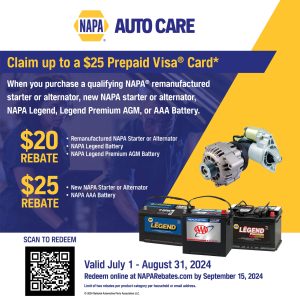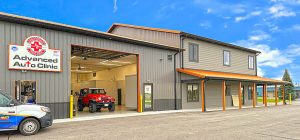Do you often ask yourself questions about your vehicle and not know the answer? Well, at Advanced Auto Clinic we have the answers for you!
What is Preventative Maintenance
Preventative Maintenance is regular maintenance of your vehicle that helps keep your engine running efficiently and eliminating potential problems that may leave you stranded.
Manufacturers know that a properly maintained car will be more dependable, safer, last longer, and increase your satisfaction with their product. Preventative maintenance includes:
- Servicing Windshield Wipers
- Servicing Sparkplugs
- Replacing Air Filters
- Oil Change
- Routine Hose Inspection
- Battery Service
- Battery Replacement
What Maintenance Should I be doing and when?
These are generic service recommendations based solely on time or mileage not on visual appearance or measurement. Their purpose is to extend the life of your vehicle and help prevent breakdown.
Your vehicle’s requirements may differ depending on driving habits and/or owner’s manual recommendations. Check your owner’s manual and with Advanced Auto Clinic for specifics.
OIL – LUBE – FILTER: 3,000 miles to 5,000 miles
TIRE ROTATION: 3,000 to 5,000 Miles depending on tire style
PCV VALVE: Yearly, replace and service PCV system
WHOLE CAR DIAGNOSIS: Yearly and before purchase or sale
FUEL FILTER: Yearly or as needed
BATTERY SERVICE: Yearly or as needed
AIR CONDITIONING: Check every spring or as needed
RADIATOR COOLANT: Every two years, flush
BRAKE SYSTEM FLUSH: Every year
CLUTCH SYSTEM FLUSH: Every year
RADIATOR CAP: Replace every two years
ENGINE OIL FLUSH: 2 Years or 30,000 Miles
AUTOMATIC TRANS FLUSH: 2 Years or 24,000 miles
POWER STEERING FLUSH: 2 Years or 24,000 miles
EGR SYSTEM SERVICE: 2 Years or 24,000 miles
4X4 TRANSFER CASE: 15,000 to 50,000 miles
CARBON CLEANING: 2 Years or 30,000 miles or as needed
THROTTLE-BODY SERVICE: 2 Years or 30,000 miles or as needed
RADIATOR & HEATER HOSES: 4 Years or 60,000 miles
DRIVE BELTS: 4 Years or 60,000 miles
TIMING BELT: 4 Years or 60,000 miles
DIFFERENTIAL FLUID: 15,000 to 50,000 miles
MANUAL TRANS SERVICE: 15,000 to 50,000 miles
VALVES: Adjust per owner’s manual
SCAN FOR COMPUTER CODES: When amber “CHECK ENGINE” Light is on
OXYGEN SENSOR: Per owner’s manual or as needed
Should I jump-start my car if the battery is dead?
You need to be very careful when jump-starting a car that has a dead battery. Make sure that the cables are installed with positive (red) to positive, then negative (black) to negative. After cables are attached, start the car that is supplying the jump. Let the car run about 5 minutes before you try and start the car that is dead. After the car with the dead battery starts, remove the negative cables first, then the positive cables. Drive the car for about 20 minutes to charge the battery. Make sure nothing had been left on, like lights or interior lights, if nothing was left on, then have the charging system tested and the battery checked for a draw.
Should I run high octane gas in my car if the manufacturer recommends it?
If your car is a high performance car, then yes you should run a high octane gasoline in your vehicle. But, if not a high performance vehicle, you may not need a higher grade of fuel. Most all late model cars have knock sensors that listen for detonation (pinging). If a knock sensor senses this, it signals the engine control module which will change the timing or richen the fuel mixture to stop the pinging.
Prior to winter weather setting in, you should:
- Check your anti freeze level and condition. Rust colored anti freeze means you may need to flush and refill the cooling system.
- Check the level of you motor oil. If its been 3 months or 3000 miles since you last oil change, it should be replaced.
- Check you battery. Battery that are weak can fail on cold morning and your car won’t start.
- Change your wiper blades to winter wiper-blades. these prevent ice build-up that can obstruct your view during operation in snow and ice conditions.
Prior to going on a trip, you should:
- Check all lights. Check your headlights (high and low-beam), brake lights turn signals, parking lamps and (if you have them) fog lights to make sure they are all operational. You should clean your headlights using glass cleaner to improve night visibility.
- Check wiper blades. Inspect them for cracks or tears, and make sure they’re operational. If they’re in good shape, it’s still a good idea to clean the rubber blade with little glass cleaner.
- Check all hoses. Look for any cracks or holes in hoses, and replace any that are not in good shape.
- Check all belts. Inspect all belts to ensure that none are worn, loose or frayed.
- Inspect the battery. If there is corrosion on the terminals, you can clean it away with a toothbrush and a pasty solution of water and baking soda.
- Check all fluids. Check the reservoirs to ensure that your coolant and wiper fluids are at the proper levels. Check your oil using the dipstick. Check transmission fluid, power-steering fluid and brake fluid. Refer to your vehicle’s owner’s manual for advice on checking all the fluids.







